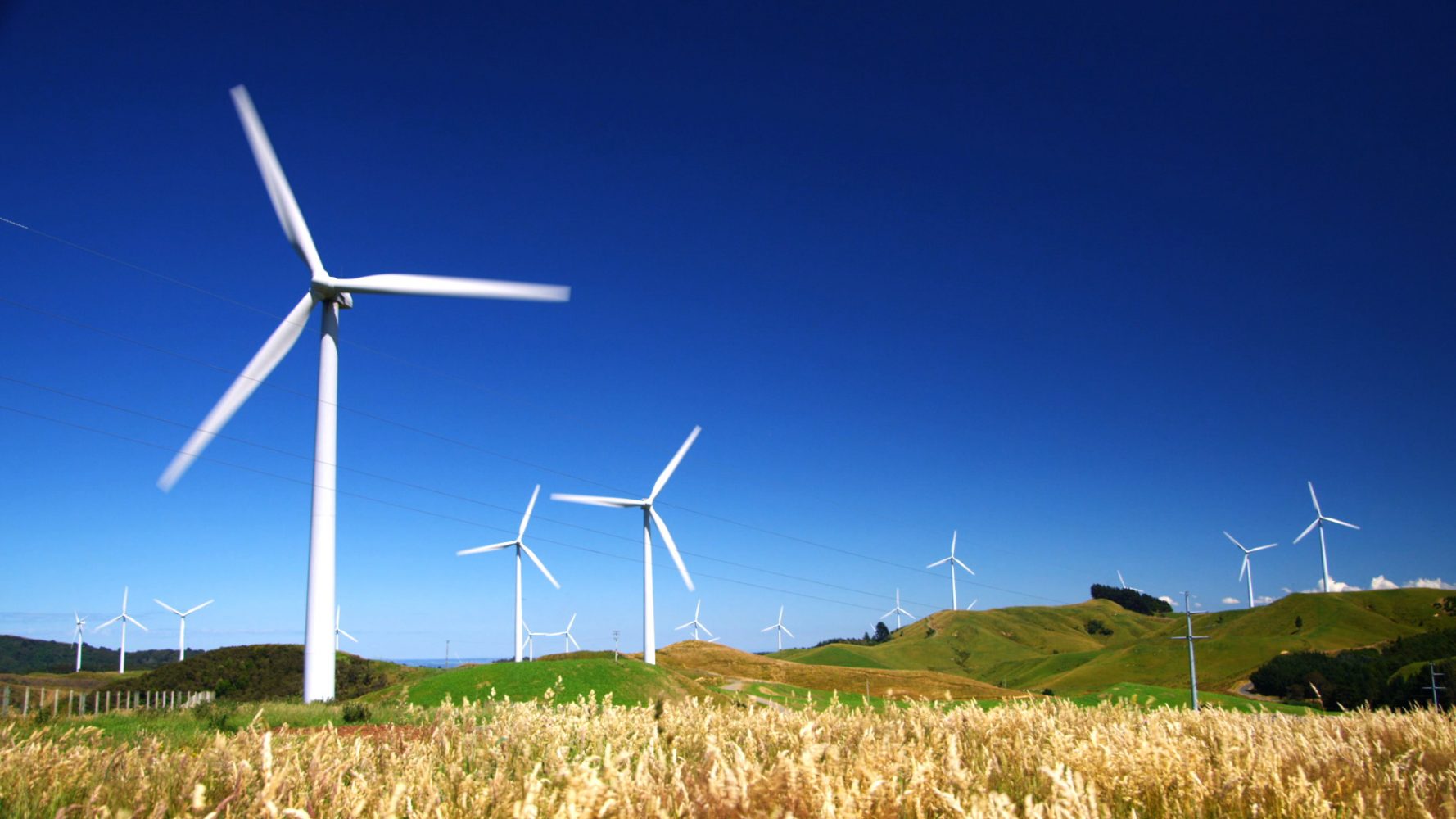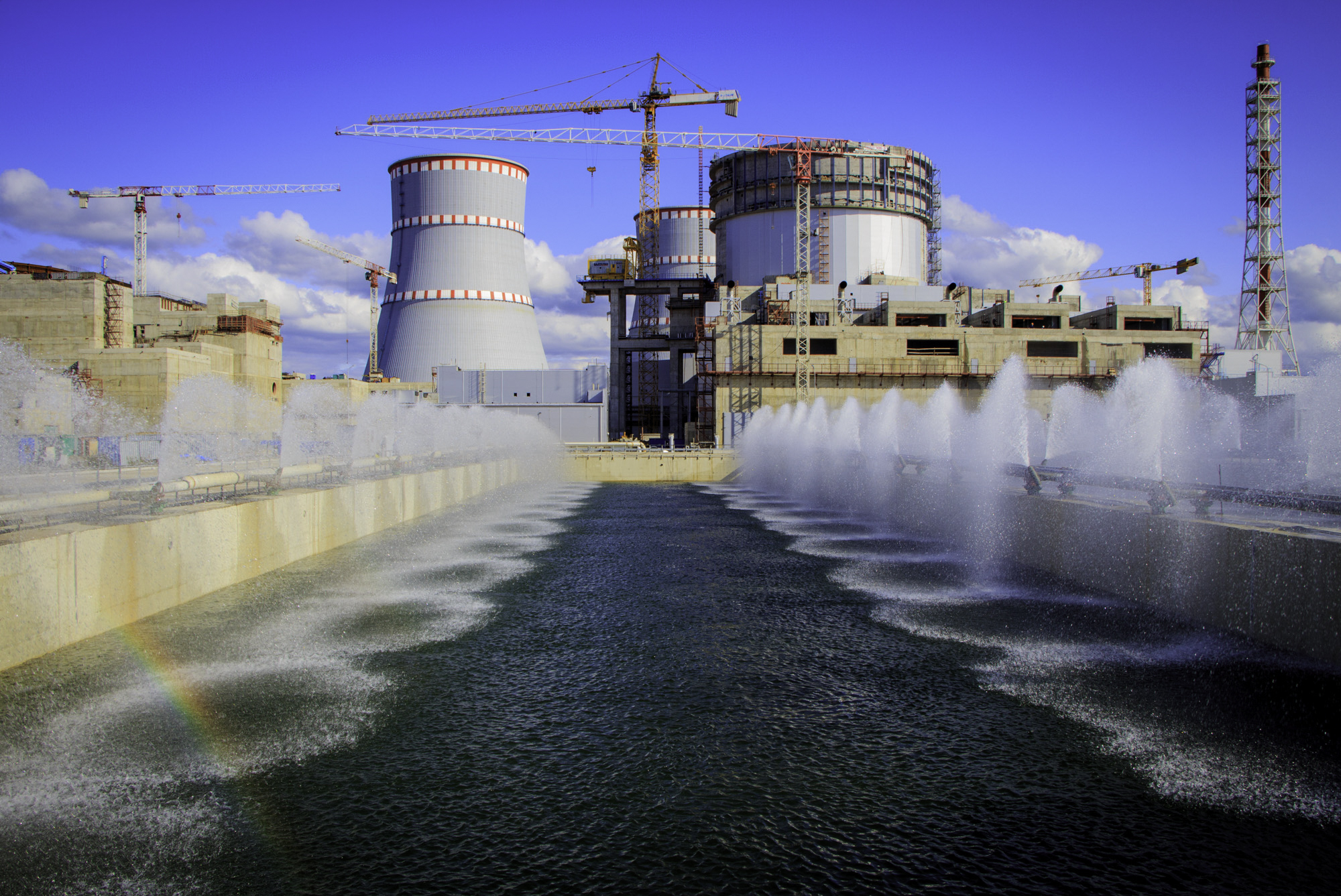
Global Energy: Expert Analysis and Forecasts
back to contentsThe Global Energy & CO2 Status report by the International Energy Agency (IEA) informed us about current international trends in the field of fuels, renewables, efficient use of energy, and published data on carbon dioxide emissions. In general, the trend for growth of total energy consumption in the world continued. In 2018, the rate reached 2.3% that is twice the pace of growth in 2010. These figures are due to the expansion of the global economy and volatile climate conditions leading to extra heating and cooling costs in some parts of the world.
Atomic energy production increased by 3.3%, or 90 TWh. Restarting four nuclear power plants after the accident at the Fukushima Daiichi NPP in Japan in 2011 and increased electricity generation in France, exceeding its own needs by 20%, added 38 TWh to the total amount. Switzerland, Taiwan, Pakistan and Sweden, having increased the production of electricity from nuclear power plants, massively contributed to the numbers, unlike South Korea and Belgium.
The IEA report stated that in 2018, carbon dioxide emissions reached a record of 33.1 billion tons, which is 1.7% higher than last year. During the period between 2014 and 2016, CO2 emissions remained at the same level despite the rapid growth of the global economy. Whereas in contrast, in the 2017-2018 the dynamics has changed because low-carbon options were not scaling fast enough.
For the first time, the IEA assessed the impact of fossil fuels use on global warming. The report stated that CO2 emitted from coal combustion was responsible for more than a 0.3 °C of 1°C of the average increase in worldwide yearly air temperature above pre-industrial level. This makes coal the single largest source of global temperature growth.
Worldwide management consulting firm McKinsey & Company in its report on energy perspectives confirmed the statistics of significant energy-related carbon emissions increase, which, according to their estimates, makes up to 60% of total global emissions and predicts their potential gradual increase until 2024.
The firm expects the share of energy received from nuclear and renewables in the total energy balance to rise from 19% to 34% and supply more than half of electricity by 2035 and 75% by 2050. This positive outlook envisages reduced carbon dioxide emissions due to declining coal demand.
The Energy Outlook made by the British multinational oil and gas company BP forecasts an overall growth of nuclear energy to 3400 TWh by 2040. By this time the energy demand will rise by a third, however, this growth rate will be much slower than in the last 20 years.
In one of the scenarios of the report, renewables are expected to become the fastest growing energy source (7.6% p.a.) and the single largest source of global power generation by 2040.
Nuclear power is growing at an average of 1.1% per year, which is generally in line with the growth rate of the last 20 years. The report focused on the fact that the majority of nuclear power plants in developed countries being a part of the Organization for Economic Cooperation and Development (OECD) would be steadily decommissioned due to the late stages of lifecycle. On the other hand, the production of nuclear energy in China is expected to grow rapidly by 1000 TWh. Moreover, by 2040, China has a potential to have a capacity for the same level of nuclear generation as the entire OECD.
The World Nuclear Association (WNA) reported that about 450 nuclear power reactors produced around 11% of the world’s electricity. About 60 more reactors are under construction, which is equivalent of about 15% of the existing capacity. In 2017, nuclear power plants supplied 2506 TWh of electricity compared to 2477 TWh in 2016. Construction of more than 25 reactors is to be completed in 2019-2020, which will definitely bring the world community closer to the goal of supplying 25% of electricity using nuclear by 2050.
Every year, the Massachusetts Institute of Technology (MIT) presents a list of ten breakthrough technologies on the pages of its MIT Technology Review magazine. Bill Gates highlighted greenhouse gases emission problem and highlighted a dire need for sustainable energy production to prevent climate change. The magazine mentioned generation IV nuclear reactors, small modular reactors (SMRs) and fusion reactors as parts of the solution to global warming. One of the companies developing generation IV reactors, such as liquid sodium-cooled fast reactor, TerraPower joined research partnerships, aiming to showcase first results by the 2020s. Small modular reactors typically generate tens of megawatts of energy (for comparison, a conventional nuclear reactor produces about 1000 MW). NuScale in Oregon, which is developing light-water modular reactors with a capacity up to 300 MW, expects that SMRs might be able to reduce environmental and financial risks in the nuclear industry.
While the International Thermonuclear Experimental Reactor (ITER) is being built in the Cadarache center in southern France, companies such as TerraPower, General Fusion and Commonwealth Fusion Systems are making some progress in the field proposing new approaches in plasma confinement and its behaviour control inside the vacuum vessel.
The problem of reducing carbon dioxide in the atmosphere could be solved with the invention coming from Harvard. Climate scientist David Keith proposes to apply the principles of direct air capture to catch carbon dioxide emissions. According to the UN climate group, in order to prevent a dangerous increase in global temperatures, 1 trillion tons of carbon dioxide needs to be removed from the atmosphere in this century. Once the carbon is trapped, it can be utilized for the production of synthetic fuel, making methane or releasing carbon dioxide for sale to the carbonated soft drinks market.




